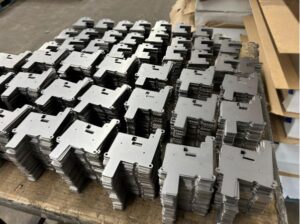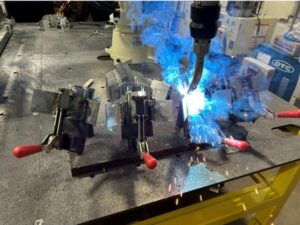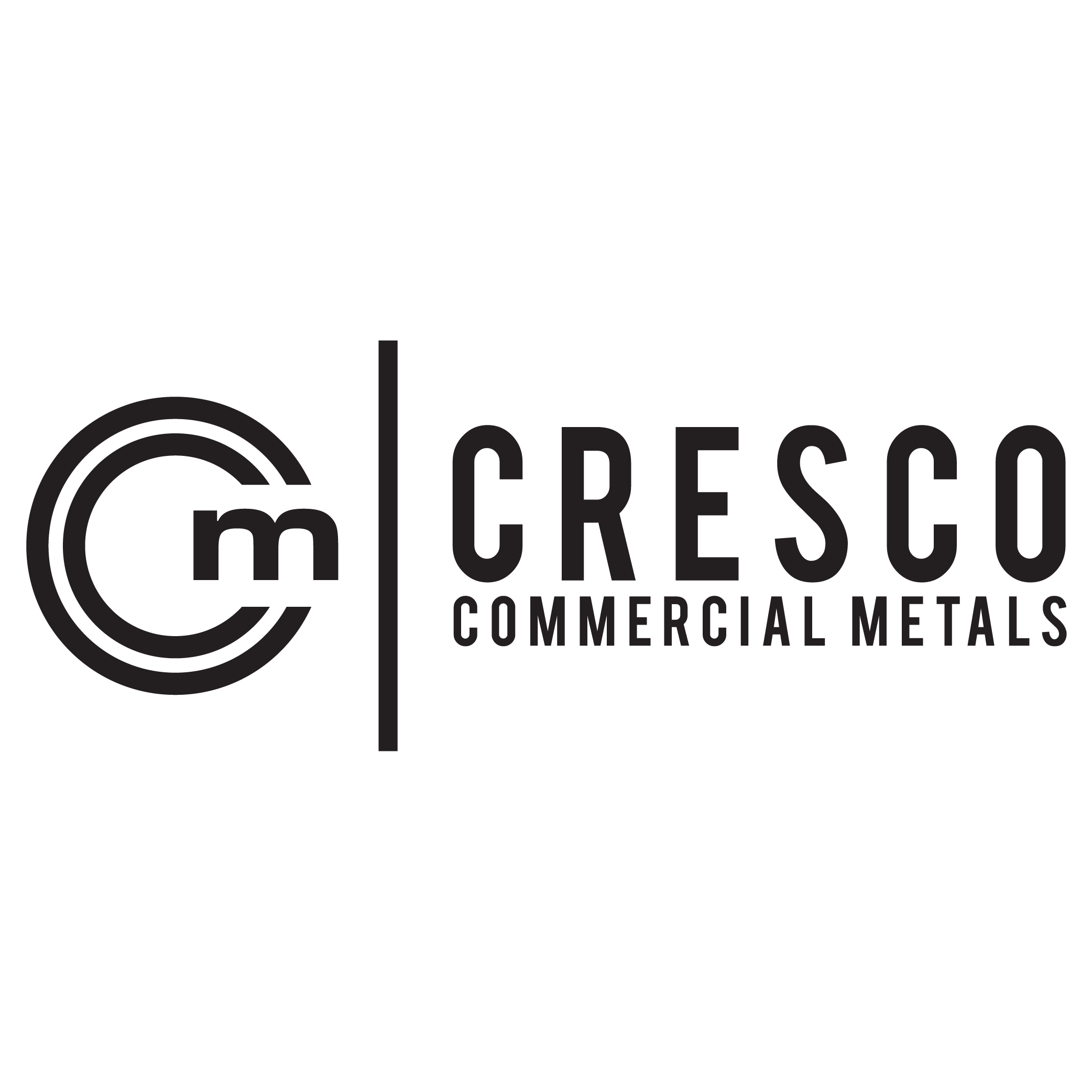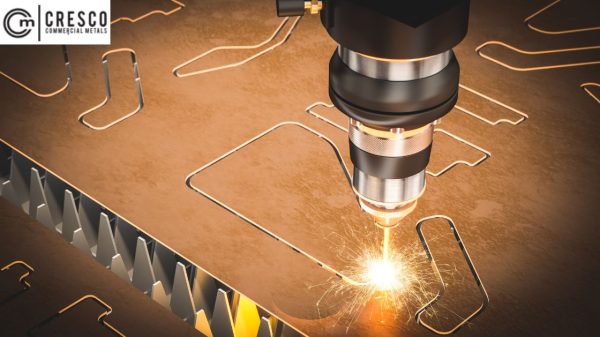The Journey of Custom Steel Fabrication – From Concept to the Perfect Parts
In the present world of modern manufacturing, custom steel fabrication is a popular form that is bringing unique designs to life. From intricate industrial components to architectural masterpieces, transforming raw steel into precisely tailored parts requires expertise and creativity. Cresco has a specialized team to guide the clients through every stage of this venture, assuring the end product meets aesthetic and functional expectations.

In this blog, we will discuss the process of custom steel fabrication from its concept to the final product. This blog will also highlight the key factors contributing to producing high-quality parts.
Step 1: Concept development
Each great product starts with a proper vision. In the process of steel fabrication with customization, this vision is transfused into a workable design through collaboration between the client and the entire fabrication team.
Key considerations during concept development:
- Purpose: Understanding the desired use of the parts assures the design meets functional demands.
- Material selection: Steel comes in different finishes and grades. Selecting the right type for example – stainless, alloy steel or carbon – is important for durability and performance.
- Design complexity: the complexity of the designs determines the techniques and tools needed for fabrication.
At Cresco, we try to prioritize open communication during each phase, assuring every detail of the client’s vision is aligned and maintained with feasibility.
Step 2: Engineering and design
After defining the concept, the designers and engineers utilize advanced software tools like CAD or Computer-Aided Design to design detailed blueprints. These digital models provide the foundation for the entire fabrication procedure.
Why engineering and design matter:
- Accuracy: Precision is creation eliminates errors and reduces waste during fabrication process.
- Customization: Tailoring the design according to particular requirements assures the part functions as intended.
- Feasibility analysis: Early identification of potential issues saves time and cost in the later stages.
Step 3: Material Preparation
After the design is finalized, it is time to prepare the raw materials. This includes shaping, cutting and treating the steel to meet the specifications designed by the client.
Common techniques used:
- Cutting: laser cutting technique, waterjet cutting or plasma cutting assures precise dimensions and shapes.
- Bending: Hydraulic presses and rollers are utilized to achieve the desired angles and curves.
- Surface preparation: Chemical treatments or sandblasting remove impurities and prepare the steel for coating or welding.
Step 4: Fabrication and assembly
Fabrication is the process where the raw materials start to take shape as functional components. Skilled technicians provide a variety of techniques to assemble the parts according to the design specifications.
Core fabrication processes:
- Welding: Joins steel components together for structural integrity.
- Machining: Refines edges and surfaces to meet tight tolerances.
- Forming: Shapes the steel into complex geometries.
This process of assembling the parts assures that all parts fit together seamlessly. It creates a final product that meets both functional and structural requirements.
Step 5: Finishing touches
Finishing is an essential step in custom steel fabrication. It enhances the final product’s appearance and protects it from environmental factors, including wear and corrosion.
Common finishing techniques:
- Powder Coating: Provides a durable and aesthetically pleasing finish.
- Galvanizing: Adds a protective zinc layer to prevent rust.
- Polishing: Creates a smooth, reflective surface for decorative applications.

Step 6: Quality control and testing
Quality is a non-negotiable factor for professional fabricators. Every part should undergo rigorous quality control checks to meet the client’s specifications and industrial standards.
Quality assurance measures:
- Dimensional accuracy: Verifying each part matches with the design specifications.
- Material integrity: Testing durability, strength and resistance to environmental factors.
- Performance testing: Assuring the part functions as intended in the application.
Step 7: Delivery and installation
The terminal step in the custom steel fabrication is delivering the finished product to the client. Depending on the project, it can also include on-site installation to ensure the part integrates seamlessly with the current structures or systems.
Why choose Cresco for custom fabrication of steel?
At Cresco, we showcase decades of expertise, state-of-the-art technology, and a client-centric approach for each project. Not only steel, but Cresco is also capable of custom metal fabrication according to your choice of material. The team is dedicated to delivering excellence at every stage.
Benefits of customized steel fabrication
- Tailored solutions: Custom fabrication assures that your parts meet accurate specifications and unique demands.
- Durability: High-quality steep parts are curated to withstand high conditions and assure longevity.
- Aesthetic appeal: Custom designs allow for visually stunning and creative results.
- Cost-effectiveness: Through the optimization procedure, you can secure the excellent value through minimizing waste.
FAQs
Q1: How long does the custom steel fabrication process take? The size of the project, the methodologies used, and the design’s complexity all affect the timeline. Projects often take a few weeks to many months to complete.
Q2: What types of steel are best for custom fabrication? The application determines which steel is best. Alloy steel offers a balance of qualities, carbon steel is strong, and stainless steel is best at preventing corrosion.
Q3: Can custom steel parts be repaired or modified after fabrication? Yes, custom steel components can frequently be fixed or altered, but in order to preserve the part’s integrity, it is crucial to collaborate with skilled fabricators.
Q4: Is custom steel fabrication environmentally friendly? Custom fabrication is a sustainable choice because steel is a highly recyclable material. Optimized designs can also cut down on energy and material waste.


